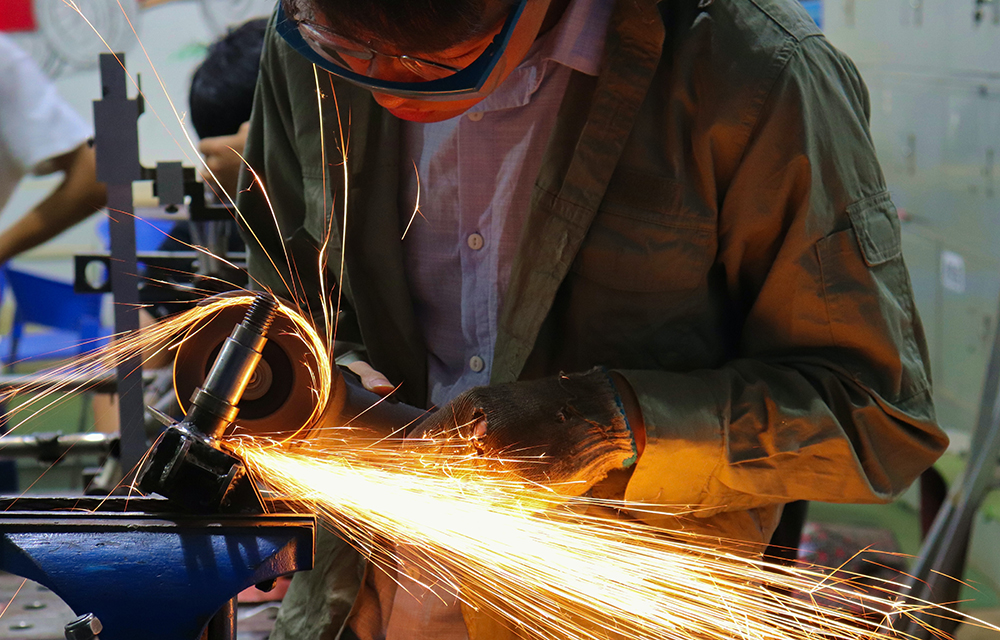For the fourth time in two years, GREAN GmbH of Garbsen, Germany, has surveyed nearly 100 manufacturing decision makers online or by phone about the situation in their factories as part of an ongoing study.
The results of the survey clearly show that after the recession in 2020, the year 2021 was essentially characterized by catch-up movements and an overall good economic situation. Capacity utilization in production was high, and the economic situation was good. On the other hand, problems presented themselves. The most extensive problem was probably the collapse of supply chains. The supply situation for raw materials in industry was complicated last year. There is currently still no end in sight.
New look at inventories: hedging instead of cost drivers
As a consequence, decision-makers are increasingly placing inventories in storage. The previously common attitude that inventories lead to waste because they block space and tie up capital seems to be a thing of the past. A new paradigm is emerging: Increasingly, inventories are seen as an “insurance policy” against turbulence in the procurement market. “Alongside the pure cost perspective, there is an increasing conviction that inventories also offer a performance perspective,” summarizes Dr. Tobias Heinen, managing director of GREAN and author of the study.
“At the same time, we are finding that new issues are increasingly emerging,” Heinen continues. “Among other things, due to the noticeable change in the political environment in Germany, the question is now being raised as to what contribution our factories have in changing the climate and how they can be made climate-neutral.”
Sustainability in production: opportunities and stumbling blocks
This time, the survey therefore also included a special section on sustainability in production. It shows that the respondents describe the sustainability of their factory with an average of 5.3 out of 10 stars. “The spread of the values was particularly exciting, because we received responses between 3 and 9 points,” explains Tobias Heinen. Obviously, all decision-makers have recognized the issue – but the implementation statuses in the factories vary greatly.
When asked about the effects of more sustainability in the factories, the decision-makers state that the factory will benefit in particular in the areas of attractiveness for employee talent, market development and corporate image. However, this contrasts with the indication that manufacturing costs in the factory could even increase in doubt as a result of additional efforts, thus reducing the efficiency of production. This new pressure on efficiency must be offset by targeted countermeasures. As the biggest stumbling block on the way to more climate neutrality in production companies, the decision-makers surveyed cite a lack of capacity and the still too high costs of implementing measures.
Goals for the future: climate neutrality and efficiency
In summary, Tobias Heinen from GREAN advises companies, based on the study results, to already start questioning their existing production structures in order to align manufacturing with the goal of climate neutrality. At the same time, it is important to continuously increase efficiency in order to secure flat manufacturing costs.
